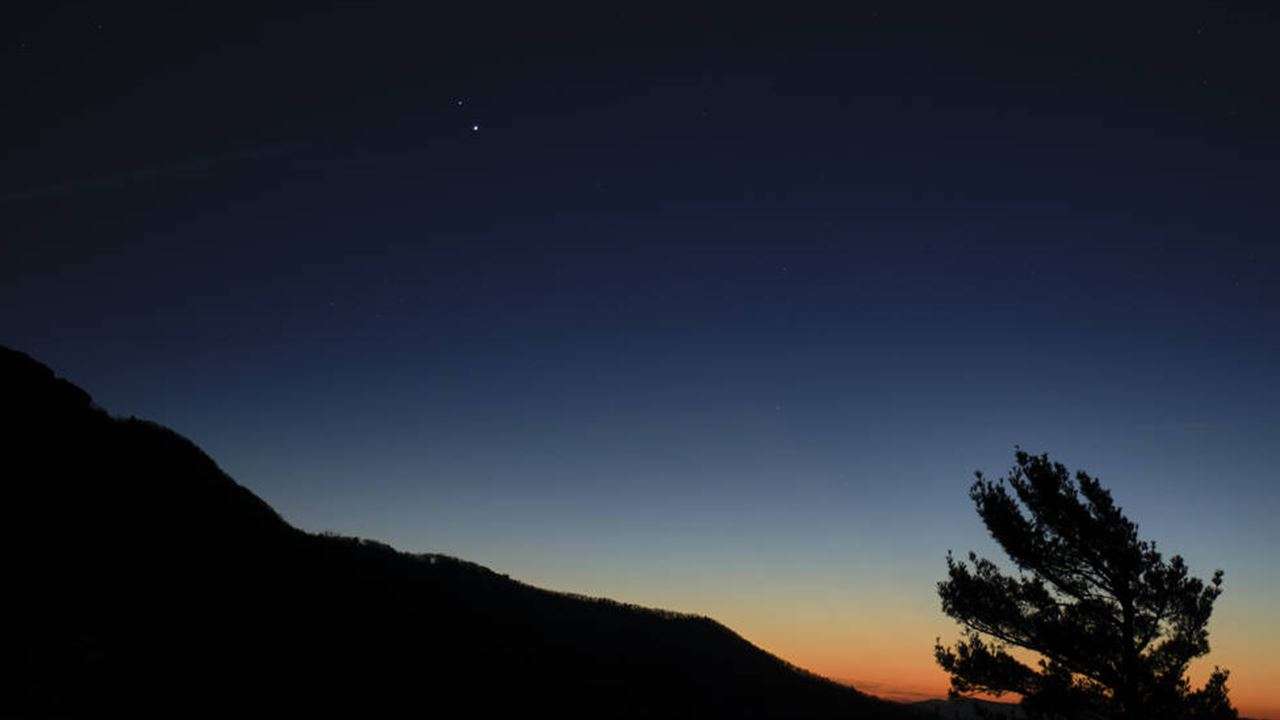
The year 2020 will end with a special celestial event, as two of the largest planets in our solar system, Jupiter and Saturn, will come together on Monday.
What makes this event more special is that it is happening after 367 years. It was last observed in 1623 and will occur again in 2080. On Monday, these two slow-moving planets will be 0.1 degrees apart.
The American space agency NASA says that the moment of the conjunction is such that everyone will be able to see it.
What is a great conjunction?
Jupiter and Saturn are two slow-moving planets. When Jupiter, which orbits the sun once every 12 years, overtakes Saturn, which moves even more slowly, its visual convergence is called the Grand Conjunction. Although this happens every 20 years, sometimes the couple appears to be too close to the sun to be seen.
How to see it in India
The two planets will appear so close that an outstretched little finger will easily cover them in the sky. In India, they will be visible about an hour after sunset between 6:30 and 7:30 pm in the southwestern sky.
If someone looks at it through a telescope, one can also see all four of Jupiter’s moons.
The Jawaharlal Nehru state planetarium in the city center has arranged to observe the celestial conjunction of the planets Jupiter and Saturn on Monday between 6.30 and 7.30 p.m., an official said Sunday.
“We have installed telescopes in our facilities to observe the conjunction of Jupiter and Saturn on Monday night if weather conditions allow it,” the planetarium official said in a statement here.
Due to COVID-induced restrictions on people gathering in large numbers in public places, those registering online to watch the celestial event will be able to enter the planetarium in limited numbers to maintain social distancing.
“Those who cannot see the event in the planetarium due to restrictions on overcrowding, can see the conjunction of the two stars online on our website (www.taralaya.org) or on the Facebook and Youtube channel”, the statement said.
As the fifth planet from the sun, Jupiter is the largest in the solar system, as a gas giant with a mass one-thousandth that of the Sun.
“As the sixth planet from the sun and the second largest in the solar system, Saturn is a gas giant with an average radius of nine times that of Earth,” the official added.
The conjunction also coincides with the longest day (December 21) of the year when the sun reaches a point where it appears to shine further south of the equator over the Tropic of Capricorn, marking the start of the winter solstice.
.